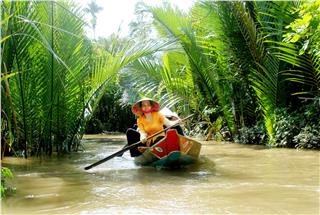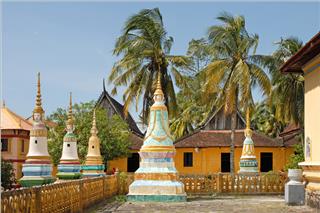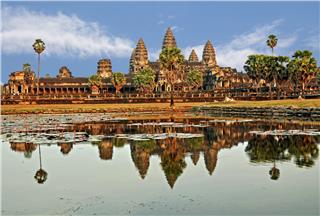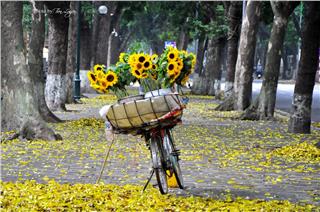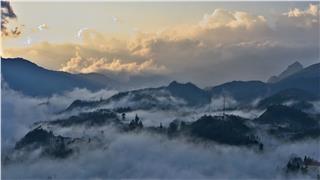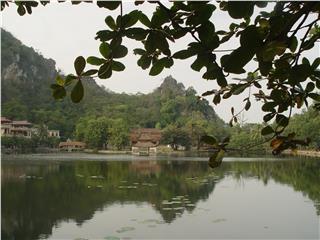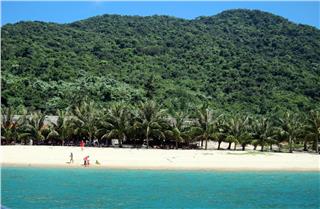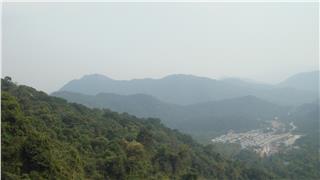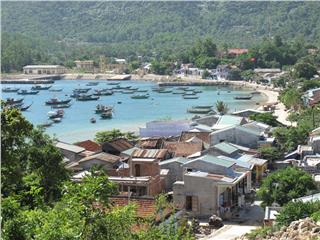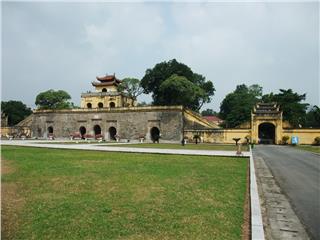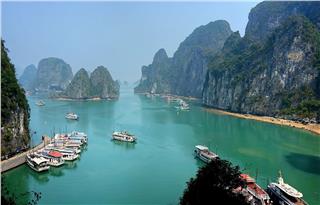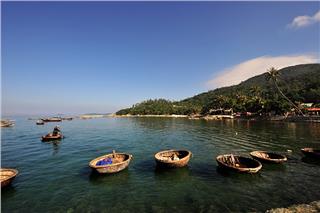Pristine cajeput forest in Dong Thap Muoi
Thu, 02 Oct 2014 . Last updated Thu, 25 Jun 2015 08:52
-
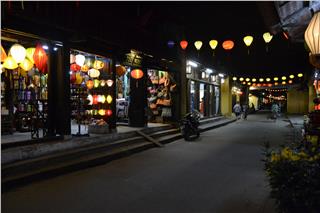 Hoi An travel to New Moon Festival 7231 viewed
Hoi An travel to New Moon Festival 7231 viewed -
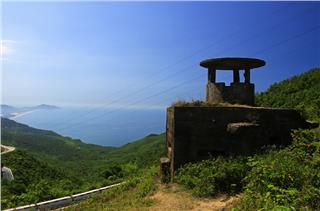 Vietnam War bunker near Da Nang 6705 viewed
Vietnam War bunker near Da Nang 6705 viewed -
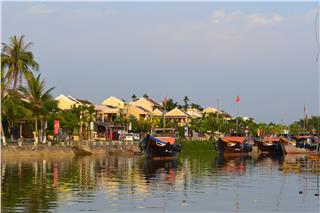 Ancientness of Hoi An ancient town 6618 viewed
Ancientness of Hoi An ancient town 6618 viewed -
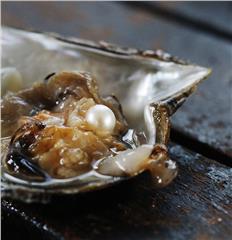 Discovering pearl in Phu Quoc Island 6123 viewed
Discovering pearl in Phu Quoc Island 6123 viewed -
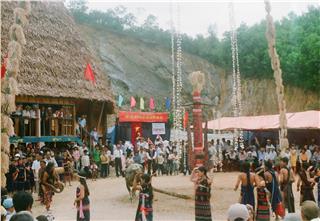 Discovering the Co Tu village in Quang Nam 5980 viewed
Discovering the Co Tu village in Quang Nam 5980 viewed -
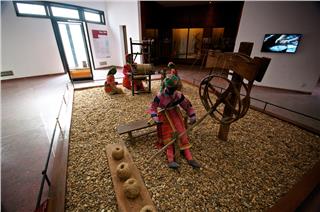 Cultural identity of ethnic groups in Vietnam Museum of Ethnology 5941 viewed
Cultural identity of ethnic groups in Vietnam Museum of Ethnology 5941 viewed -
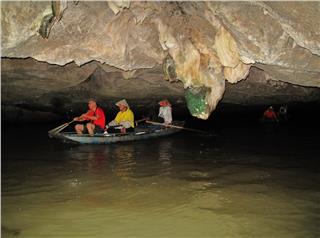 Visit Trang An complex in Ninh Binh 5844 viewed
Visit Trang An complex in Ninh Binh 5844 viewed -
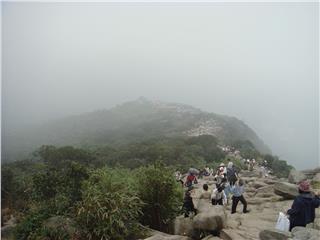 Yen Tu Pagoda and records of Vietnam 5813 viewed
Yen Tu Pagoda and records of Vietnam 5813 viewed -
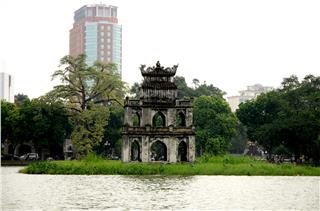 Hanoi Vietnam to Hoan Kiem Lake 5684 viewed
Hanoi Vietnam to Hoan Kiem Lake 5684 viewed
Pristine cajeput forest in Dong Thap Muoi is the only place where white-flowered cajeput trees grow wild in Vietnam. The forest is the place to conserve biodiversity and ecological environment of the wet land.
Dong Thap Muoi is full of a network of cannels going throughout area. It is impossible to get around by motorbike or car. So as a result, everyone drives around in these boats. Now the boats here are so much that every family has from 1 to 3 boats of their own. Dong Thap Muoi is a wet land of nearly 700 thousand hectares in Vietnam Mekong Delta. It stretches in three provinces including Long An, Tien Giang and Dong Thap but half of area in Long An. Melaleuca commonly known as cajeput tree can be found pretty much in the wet land. Melaleuca forests can grow in the fields and along the riverbank. But nowadays, there are no longer any natural cajeput forests.
Mr. Ba Be is the first person to Dong Thap Muoi to protect cajeput forest. Cajeput forest of Mr. Ba Be is in Moc Hoa district, Long An province. This area is special because it is the biggest herbal garden in Southern Vietnam. Not only that, this is only place in Vietnam was the cajeput trees which are the special herbal plant grow wild in Vietnam. The area of forest here is 800 hectares. Besides, almost all of plants growing inside the area are used for medicinal purposes. Species of Malaleuca or cajeput trees grow in many areas throughout Vietnam. But “tram gio” or white-flowered cajeput trees only grow in Dong Thap Muoi. According to some historical documents, the expedition of Captain Cook explored Asia and they brought with them cajeput seeds. The seeds drifted to Indonesia, Malaysia and Vietnam.
Cajeput trees almost entirely dominate this forest. Just a few other plants grow here, because the cajeput trees have a strong vitality. In the dry season, only the cajeput trees still grow while other plants die. This is a special cajeput forest. There are two main species of cajeput trees in Vietnam which often grows in coastal areas. And this species is called “tram gio” or white flowered cajeput tree. This tree produces cajeput oil. This tree produces valuable oil which can treat a number of diseases.
Cajeput oil has a lot of uses. It is used to cure flu. Cajeput oil treats insect bites and stings and it also prevents respiratory diseases. If your nose is stuffed up, apply the cajeput oil to your nose and ears. Since the old days, our ancestors have known how to use cajeput leaves as a remedy. They boiled the leaves and did a steam inhalation with the oil. Later they found a way to extract the oil. They put the leaves into brew pots and got the oil.
Mr. Ba Be was a lecture at University of Medicine Pharmacy in Ho Chi Minh City. In 1983, he left university in order to manage a state-level project researching and protecting the cajeput forest. There is not many people in the world like Mr. Ba. These people are willing to sacrifice everything they have ever worked for to protect natural resources or protect livelihoods.
After overcoming many hardships including 18 years without electricity, at east Mr. Ba Be has succeeded in constructing a small factory to produce cajeput oil. His factory just produces one to two tons of cajeput oil per year. He does not export this oil. It is used to make medicine. He produces mainly for the domestic market. The key to running an operation is to take only 30% of natural resources and let the forest re-grow.
Source: VTV4 – VTV.vn
- Tags:
- Mekong Delta
- Dong Thap Muoi
- cajeput forest in Dong Thap Muoi
- pristine cajeput forest in Dong Thap Muoi
- Dong Thap Muoi forest

